NEWS
See more
The User Experience: Navigating LED Floor Displays Effectively
The User Experience: Navigating LED Floor Displays Effectively
Table of Contents
1. Introduction to LED Floor Displays
2. Understanding User Experience (UX) in Digital Displays
3. Key Features of LED Floor Displays
3.1. Visual Quality and Brightness
3.2. Interactive Capabilities
3.3. Environmental Considerations
4. The Importance of Navigation in User Experience
4.1. Intuitive Design Elements
4.2. User-Centered Design Approach
5. Best Practices for Effective Navigation
5.1. Clear Signage and Instructions
5.2. Responsive Touch and Gesture Controls
5.3. Integration of Augmented Reality (AR)
6. Case Studies: Successful Implementations
7. Challenges and Solutions in LED Floor Display Navigation
8. Future Trends in LED Floor Displays
9. Frequently Asked Questions (FAQs)
10. Conclusion
1. Introduction to LED Floor Displays
LED floor displays are becoming a cornerstone in modern advertising and information dissemination. These dynamic screens not only captivate audiences with their vibrant visuals but also serve functional purposes in diverse settings such as retail environments, exhibitions, and public spaces. Understanding how to navigate these displays effectively enhances user interaction and encourages engagement.
2. Understanding User Experience (UX) in Digital Displays
User experience is pivotal in determining how effectively LED floor displays communicate their messages. Good UX design considers the needs and expectations of users, ensuring that interactions are intuitive and enjoyable. By focusing on the overall experience, operators of LED floor displays can maximize impact and effectiveness.
3. Key Features of LED Floor Displays
LED floor displays have unique features that contribute to their appeal and usability.
3.1. Visual Quality and Brightness
One of the primary attractions of LED floor displays is their exceptional visual quality. High brightness levels ensure visibility even in well-lit environments, making them suitable for various applications, including shopping malls and trade shows.
3.2. Interactive Capabilities
Integration of interactive technology allows users to engage directly with the display. Touch-responsive surfaces and gesture recognition enhance interactivity, making navigation more engaging.
3.3. Environmental Considerations
LED displays are generally energy-efficient and environmentally friendly, with many models designed to withstand outdoor conditions. This durability expands their usability across different environments.
4. The Importance of Navigation in User Experience
Effective navigation is crucial for ensuring that users can easily interact with LED floor displays. Proper navigation reduces confusion and frustration, leading to a more satisfying experience.
4.1. Intuitive Design Elements
Incorporating intuitive design elements, such as user-friendly icons and clear pathways, helps guide users seamlessly through the display. Simplicity is key; the more straightforward the navigation, the better the user experience.
4.2. User-Centered Design Approach
A user-centered design approach focuses on the preferences and behaviors of the end-user. By conducting user testing and gathering feedback, designers can refine navigation systems to align with user expectations.
5. Best Practices for Effective Navigation
Implementing best practices is essential for optimizing the navigation experience on LED floor displays.
5.1. Clear Signage and Instructions
Clear signage helps users understand how to interact with the display. Providing concise instructions and visual cues facilitates easier navigation and enhances user understanding.
5.2. Responsive Touch and Gesture Controls
Incorporating responsive touch and gesture control technology ensures that interactions feel natural and seamless. Users should experience immediate feedback when they engage with the display, which reinforces their actions.
5.3. Integration of Augmented Reality (AR)
Utilizing augmented reality can significantly enhance the navigational experience. By overlaying digital information on the physical environment, AR can guide users more effectively and create a memorable experience.
6. Case Studies: Successful Implementations
Examining successful case studies can provide insight into effective navigation strategies for LED floor displays. For instance, a retail store that implemented an interactive LED floor display to guide customers through promotions saw a measurable increase in foot traffic and sales.
7. Challenges and Solutions in LED Floor Display Navigation
Despite their advantages, LED floor displays do present challenges in terms of navigation. Common challenges include user distraction and technical issues. By designing displays with clear focal points and regularly maintaining the technology, operators can mitigate these concerns.
8. Future Trends in LED Floor Displays
As technology evolves, so do the possibilities for LED floor displays. Future trends may include advancements in AI integration, enhanced interactivity, and even more sustainable design practices. Staying ahead of these trends will be crucial for maximizing user engagement.
9. Frequently Asked Questions (FAQs)
Q1: What are the main advantages of using LED floor displays?
A1: LED floor displays offer high visibility, engaging interactivity, and versatility in various settings, making them ideal for advertising and information display.
Q2: How can I improve user navigation on my LED floor display?
A2: Implement clear signage, intuitive design, and responsive touch controls to enhance user navigation.
Q3: Can LED floor displays be used outdoors?
A3: Yes, many LED floor displays are designed to withstand outdoor conditions, making them suitable for outdoor events and advertising.
Q4: What role does user feedback play in LED floor display navigation design?
A4: User feedback is essential for refining navigation systems and ensuring they meet user needs and expectations.
Q5: Are there any energy-efficient options for LED floor displays?
A5: Yes, many LED displays are designed with energy efficiency in mind, reducing their overall environmental impact.
10. Conclusion
Navigating LED floor displays effectively is essential for enhancing the user experience. By focusing on intuitive design, clear navigation, and engaging interactivity, operators can create displays that not only capture attention but also foster meaningful user interactions. As technology continues to evolve, staying informed about best practices and emerging trends will ensure that LED floor displays remain a powerful tool in digital communication.
Related News









